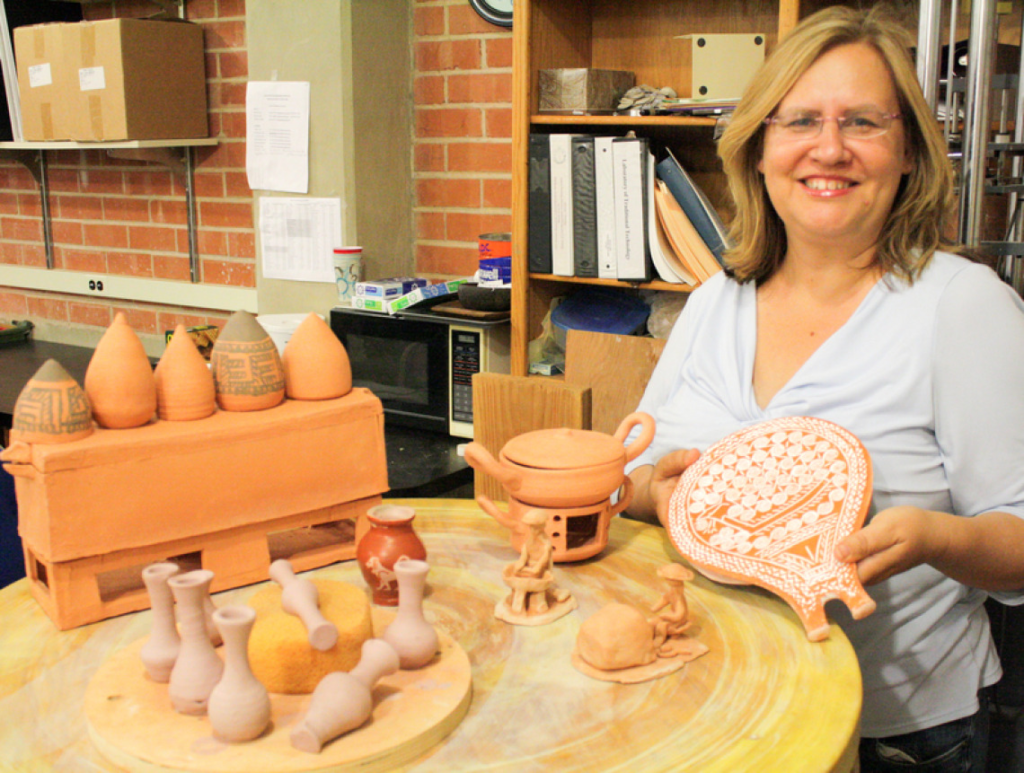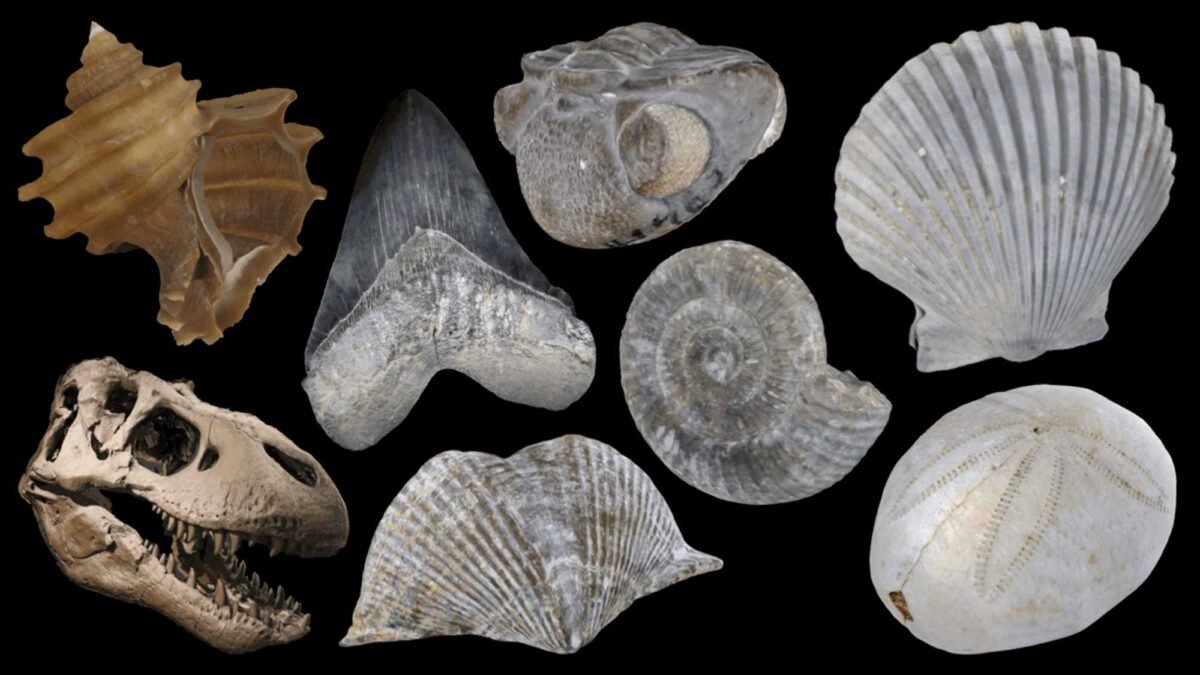
Introduction
A unique online database was create to help archaeological research in “Greece.” This is the first centralized Digital Atlas of Ancient Kilns, the constructions where the firing “Baking” of ancient ceramics take place.
The project is lead by Dr. Eleni Hasaki, an associate professor at the University of Arizona in the USA. Whose doctoral thesis was based on creating an online tool for the humble structures, but which were of crucial importance in the daily life of antiquity.

Main Objectives
“The main objective of the Digital atlas of ancient is to create a modern and up-to-date database. That is easily accessible, which will be use as a research tool by the archaeologists of the Archaeological Service. By the researchers who live or work in Greece and also by students dealing with the subject of ancient Greek pyro technology”.An explains by Ms Hasaki, who adds interesting information regarding the role of furnaces.

“The kiln as a structure for firing ceramic artefacts played an extremely important role in the ceramic processes. In general, clay is characterise as perhaps the most common material for making objects throughout time. Cooking utensils, storage vessels, tiles, pipes, bricks, but also objects of worship such as figurines, even children’s toys, are just some of the clay objects that we find in all the excavations of any period. The firing of all these had to be successful because in the alternate result all the work of the potter, i.e. the collection of the clay, its cleaning, the shaping of the object.
In (2001) mention her in research work, Mrs Hasaki recorded and commented on all the published furnaces of Greece of all periods. “Since then, a very large number of new firing structure publications have been present in conferences, collective volumes, journals and monographs. Therefore, I thought it right to collect all the publications in a – constantly renewed – database, to which every interested researcher will have very easy to access, while every excavator has the possibility in real time to add the data about the furnaces that research.
Furnaces
The program has already start and is progressing with the cooperation of fellow archaeologist Dr. Konstantinos Rapti, who has presente the furnaces of late antiquity and Byzantine times in important publications, So far, 600 firing structures (furnaces) have been record in the program, covering a chronological spectrum of 5,000 years.
A search engine has been create in the program, through which each interested party can set up to four basic criteria “chronological period, geographical location, structure type and dimensions” and easily search for all the furnaces located in Greece, with all the basic information for each structure separately.
Greek: Hasaki Research online

Already in June, points out Greek Eleni Hasaki, the website has been operational and here I must point out that we have primarily placed great emphasis on achieving easy access and use by any interested researcher. Here I should emphasize that in the registration process, we have added the question of why each interested party uses the database because we believe that through the answers we will be able to evaluate its usefulness and certainly accept proposals or ideas for its expansion, so that it becomes additionally useful for the research community.
Digitale Atlas Ancient life photos overview








Summary
Finally, for his part, Dr. Konstantinos Raptis mentions about the reception and reception of the digital Atlas by the archaeological community in Greece so far that “it was particularly enthusiastic. They enriched the database with recently discovered and researched furnaces that were not included in the existing literature, which was used in its design. Greek scholars of ancient and medical technology began to use it as a research tool for the study of the ceramic kilns of the Greek area in various periods, easily looking for archaeological parallels of the kilns they were studyingIn October 2018 the digital ‘Atlas’ will also be presented at the International Conference for the Study of Medieval Ceramics of the Mediterranean AIECM3, which will take place in Athens”.






